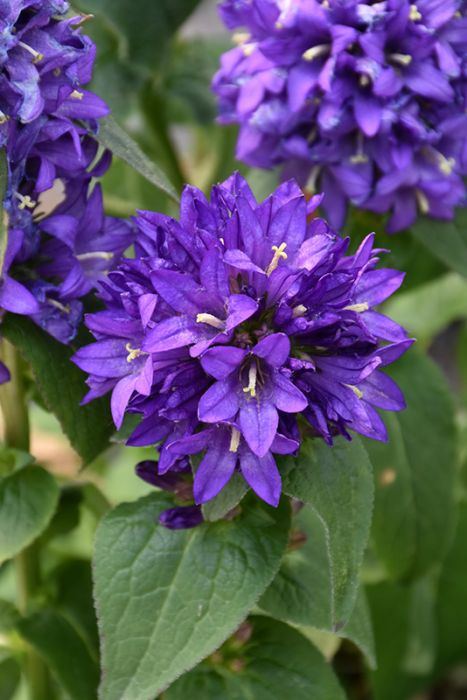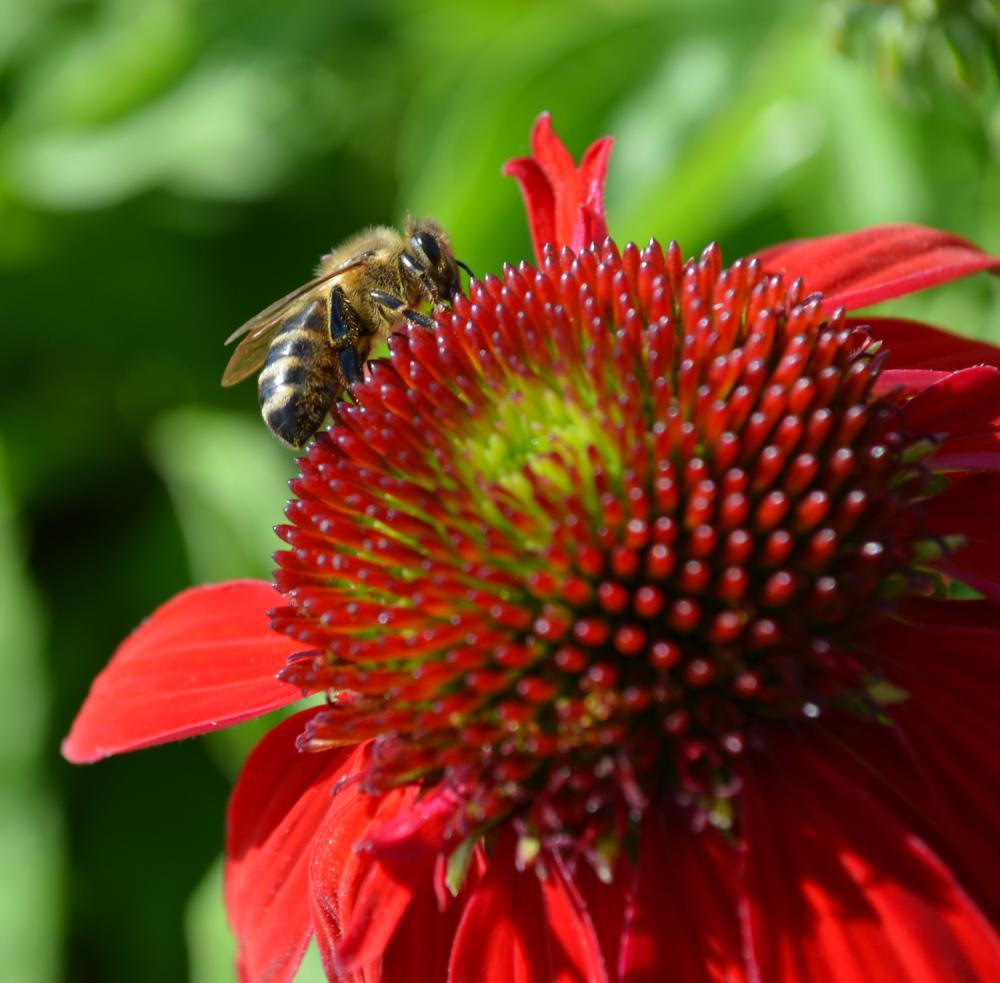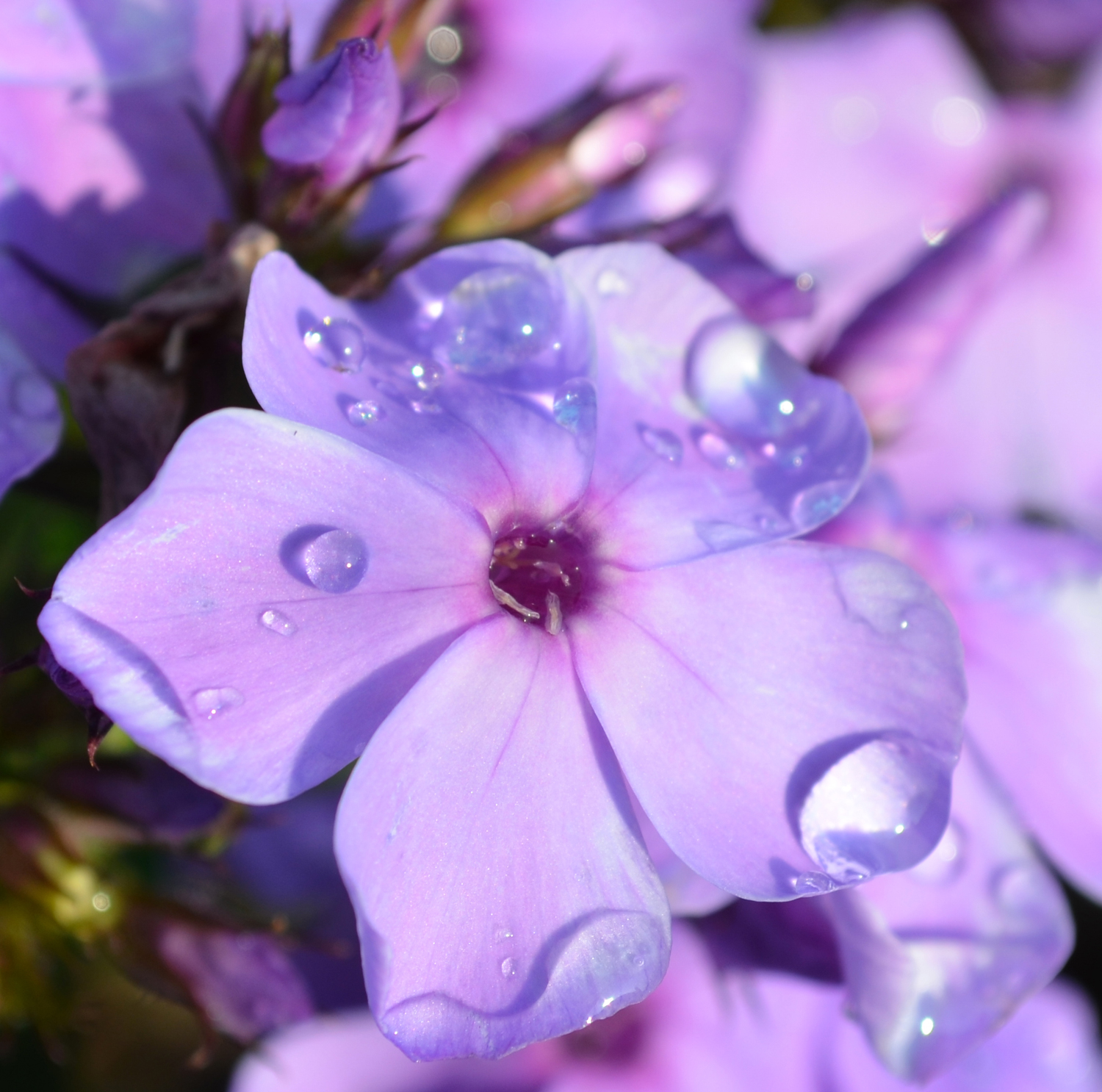Campanula, Clustered Bellflower 'Superba'



- Sun Preference
- Full-Sun, Part-Sun
- Bloom or Harvest Time
- June, July
Description
This large, diverse group of plants includes creeping groundcovers, dwarfs, and large upright perennials. Plants are rewarding and easy to grow in rich, moist but well-drained soil. Bellflower (Campanulas) generally do not thrive in nonamended clay soil. Many varieties bloom for a long period of time.
Superba Campanula grows in large clumps, producing big clusters of showy, rich purple flowers. Blooms from June through July.
Minnesota's largest Selection of Perennials
Discover an unparalleled selection of perennials at Gertens! With the largest variety in Minnesota, we offer endless options of colorful perennials, natives, and pollinator plants to beautify your garden year after year. From vibrant flowers to lush foliage, our perennials are perfect for adding beauty and charm to your outdoor space. Visit Gertens today and see why we're known as Minnesota's Destination Garden Center!
Details
Campanula glomerata ‘Superba’ | Superba Campanula
Height: 28 inches
Spread: 30 inches
Sunlight: ![]()
![]()
Hardiness Zone: 2b
Other Names: Superba Campanula
Description:
This vigorous, charming selection features stunning clusters of rich, violet-blue bell-shaped flowers, rising above heart-shaped green foliage; easy to maintain-deadhead to promote re-blooming; excellent in beds, borders, containers or in bouquets
Ornamental Features
Superba Clustered Bellflower has masses of beautiful clusters of violet bell-shaped flowers with blue overtones at the ends of the stems from late spring to early summer, which are most effective when planted in groupings. The flowers are excellent for cutting. Its heart-shaped leaves remain green in color throughout the season.
Landscape Attributes
Superba Clustered Bellflower is an herbaceous perennial with an upright spreading habit of growth. Its relatively coarse texture can be used to stand it apart from other garden plants with finer foliage.
This is a high maintenance plant that will require regular care and upkeep, and should only be pruned after flowering to avoid removing any of the current season's flowers. Gardeners should be aware of the following characteristic(s) that may warrant special consideration;
- Suckering
Superba Clustered Bellflower is recommended for the following landscape applications;
- Mass Planting
- General Garden Use
- Groundcover
- Naturalizing And Woodland Gardens
- Container Planting
Planting & Growing
Superba Clustered Bellflower will grow to be about 24 inches tall at maturity, with a spread of 30 inches. Its foliage tends to remain dense right to the ground, not requiring facer plants in front. It grows at a fast rate, and under ideal conditions can be expected to live for approximately 8 years. As an herbaceous perennial, this plant will usually die back to the crown each winter, and will regrow from the base each spring. Be careful not to disturb the crown in late winter when it may not be readily seen!
This plant does best in full sun to partial shade. It prefers to grow in average to moist conditions, and shouldn't be allowed to dry out. It is not particular as to soil type, but has a definite preference for alkaline soils. It is highly tolerant of urban pollution and will even thrive in inner city environments. This is a selected variety of a species not originally from North America. It can be propagated by division; however, as a cultivated variety, be aware that it may be subject to certain restrictions or prohibitions on propagation.
Superba Clustered Bellflower is a fine choice for the garden, but it is also a good selection for planting in outdoor pots and containers. With its upright habit of growth, it is best suited for use as a 'thriller' in the 'spiller-thriller-filler' container combination; plant it near the center of the pot, surrounded by smaller plants and those that spill over the edges. It is even sizeable enough that it can be grown alone in a suitable container. Note that when growing plants in outdoor containers and baskets, they may require more frequent waterings than they would in the yard or garden. Be aware that in our climate, most plants cannot be expected to survive the winter if left in containers outdoors, and this plant is no exception. Contact our experts for more information on how to protect it over the winter months.
| SKU | Container Size |
| P1090 | #1 Container (1 Gallon) |
* Not all container sizes may be available at this time. See store for details on specific container size availability.
More Information
| Bloom or Harvest Time | June, July |
|---|---|
| Sun Preference | Full-Sun, Part-Sun |
| USDA Hardiness Zone | 4, 5, 6, 7, 8, 9 |
| Common Family Name | Bellflower |
| Mature Spread (Range) | 12" - 24" |
| Mature Height (Range) | 13" - 24" |


